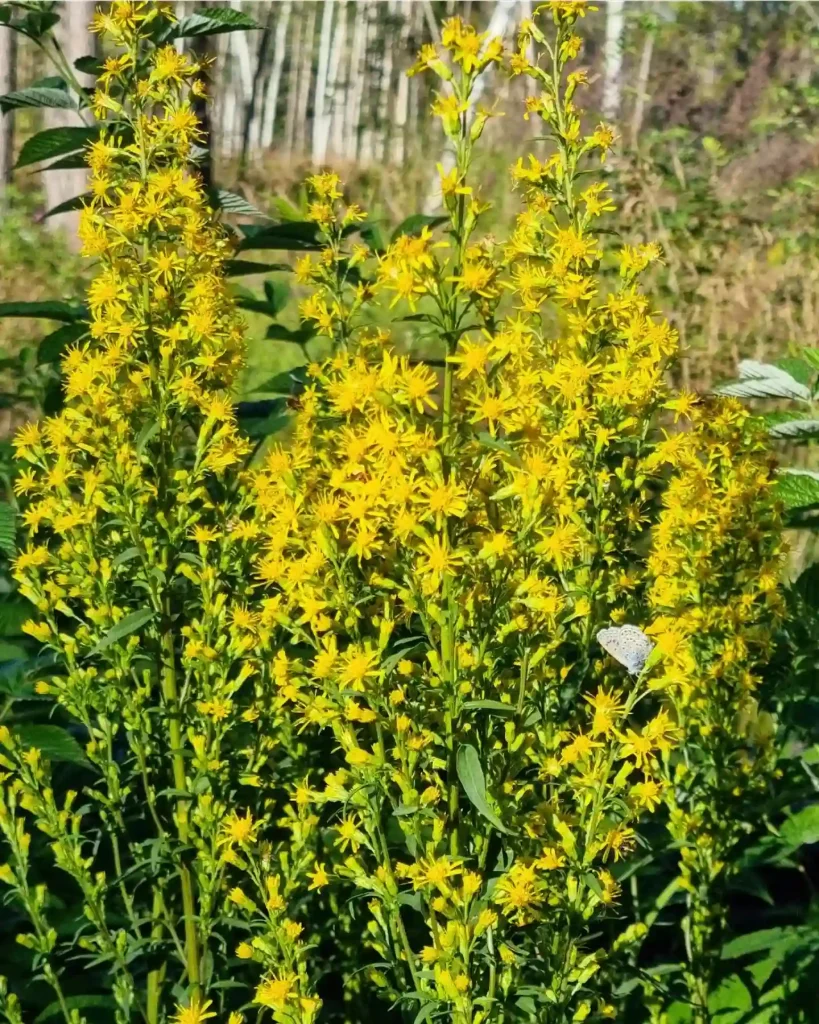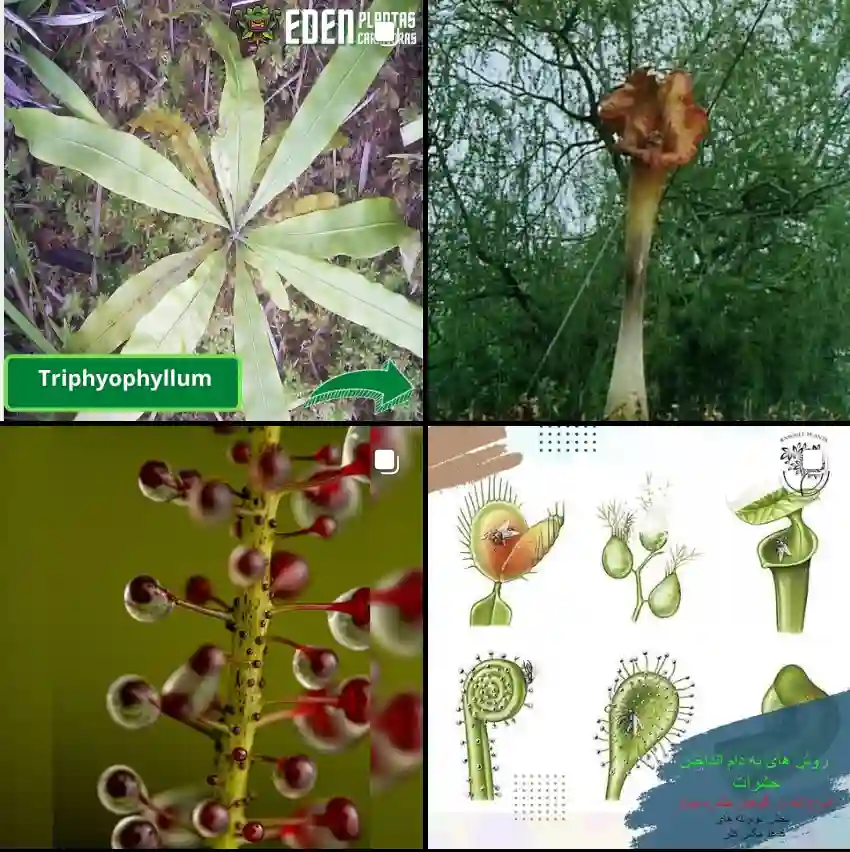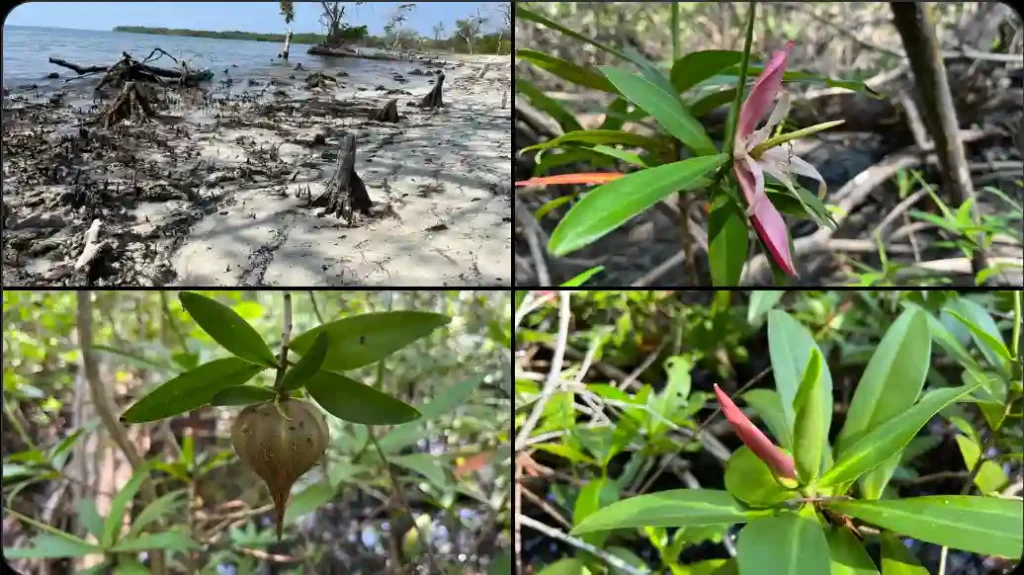Exploring the Myrothamnaceae Family: A Deep Dive into Myrothamnus
As a plant enthusiast, I’ve always been intrigued by the unique adaptations of flora. One family that piqued my interest is the Myrothamnaceae, particularly the genus Myrothamnus. This family, often overlooked in the vast world of botany, offers fascinating insights into resilience and survival in harsh environments. Join me as I explore the characteristics, habitats, and significance of Myrothamnus, a true marvel of the plant kingdom.
The Myrothamnaceae Family: An Overview
The Myrothamnaceae family consists of a single genus, Myrothamnus, which includes several species. These plants are primarily found in arid regions of Africa, particularly in Namibia and Botswana. What makes Myrothamnus particularly interesting is its remarkable ability to survive prolonged droughts. It has adapted to its environment in a way that allows it to withstand extreme conditions, a characteristic that is vital for survival in such harsh climates.
Unique Characteristics of Myrothamnus
One of the most striking features of Myrothamnus is its ability to become dormant during droughts. When water is scarce, these plants can lose up to 90% of their water content and enter a state of desiccation. Despite appearing lifeless, they can revive and resume growth as soon as moisture returns. This incredible process of resurrection is not only fascinating but also highlights the adaptability of plant life.
The leaves of Myrothamnus species are typically small, oval, and have a waxy coating that helps reduce water loss. This adaptation is crucial for their survival, as it minimizes transpiration in the sweltering heat of their native habitats. The plants are often shrubs or small trees, reaching heights of about 1.5 to 3 meters. Their sturdy structure allows them to withstand the strong winds that are common in their environment.
Habitat and Distribution
Myrothamnus thrives in dry, rocky soils typically found in savannas and scrublands. These regions experience significant fluctuations in temperature and precipitation, making them challenging for many plants. However, the Myrothamnus species have evolved to flourish in these conditions.
While studying these plants, I was struck by their resilience. In areas where most vegetation struggles to survive, Myrothamnus stands tall. It plays a crucial role in its ecosystem, providing shelter and food for various wildlife species. Observing this plant in its natural habitat was a reminder of the delicate balance of nature and the importance of conserving such unique species.
Ecological Significance of Myrothamnus
The ecological role of Myrothamnus cannot be overstated. As a drought-resistant plant, it contributes to soil stabilization and prevents erosion. The dense root systems of these plants help hold the soil together, making it less susceptible to being washed away during rare rain events. This characteristic is vital in arid regions where soil erosion can lead to significant ecological issues.
Moreover, Myrothamnus serves as a food source for various herbivores. Its leaves are nutritious and are often consumed by animals adapted to grazing on tough vegetation. The plant’s flowers also attract pollinators, adding to its ecological value. I’ve always enjoyed observing the interactions between Myrothamnus and local wildlife during my explorations.
Conservation and Threats
Despite its remarkable adaptations, the Myrothamnus genus faces threats from climate change and habitat destruction. As temperatures rise and rainfall patterns change, the delicate balance that allows these plants to thrive may be disrupted. Additionally, urban expansion and agricultural activities encroach on their natural habitats, putting further pressure on their populations.
Conservation efforts are crucial to ensure the survival of Myrothamnus species. Protecting their habitats and promoting awareness about the importance of these plants can help safeguard their future. I believe that by sharing knowledge and encouraging conservation, we can make a difference in preserving the incredible diversity of our planet.
Conclusion: The Beauty of Resilience
In my journey through the world of plants, discovering the Myrothamnaceae family, particularly the Myrothamnus genus, has been enlightening. Their resilience in the face of adversity showcases nature’s ingenuity and adaptability. I have a newfound appreciation for these remarkable plants and their role in their ecosystems.
Exploring Myrothamnus has deepened my understanding of the interconnectedness of life and the importance of conserving our natural heritage. As we face increasing environmental challenges, the story of Myrothamnus serves as a reminder of the strength and beauty of nature’s designs. Whether you’re a seasoned botanist or a curious newcomer, I encourage you to explore the wonders of Myrothamnus and appreciate the resilience that nature embodies.
If i die, water my plants!



